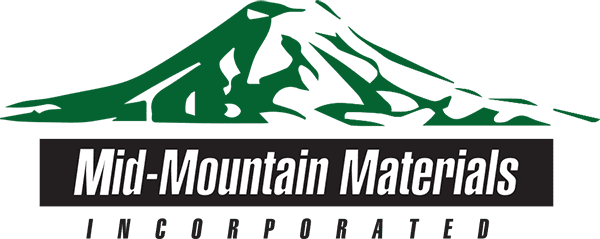Commodity fabric coatings like polyvinyl chloride (PVC) and polyurethane (PU) are used in many different applications, but silicone-coated textiles have grown substantially in popularity over the years. Silicone coated fabric is used in a range of industries including aerospace, aluminum, automotive, oil and gas, and even food industry applications. The composition of silicone fabrics largely determines performance, with configurations ranging from 100% silicone to fabric topcoats.
Benefits of Silicone Fabric Coatings
Manufacturing liquid rubber silicone for silicone fabric coatings meet almost all environmental specifications including Prop65, Reach, RoHS, LEED, and ISO 10993-5 and 10 for toxicity. The process of casting is extremely efficient, powered by clean electricity and no pollution is produced. Very small volumes of water are used in silicone coating production and all of that is recyclable. Consequently, liquid rubber silicone silicone processing has a negligible environmental impact.
The manufacture of liquid rubber silicone for silicone fabric coating does not require or produce any solvents, heavy metals, toxic byproducts, flame retardants, anti-microbial additives, PVC, phthalates, polyurethane BPA, or formaldehyde.
Comparison of Fabric Coating Processes
There are two types of coating fabric processes: using solid silicone and a solvent or liquid silicone and a catalyst. Solvents are used by many coaters for their cost effectiveness. However, solvents are not environmentally friendly. Solvents emit noxious odors and pose a risk to the health of those working with it as well as to the surrounding ecosystem.
In addition, solvents are not highly resistant to greases, fats, and oils, which are often found in industrial processing environments. They are impermeable, therefore any existing moisture in a substrate will be trapped beneath the coating which can cause bubbles and blistering in the coating.
Silicone coating using a catalyst with curing is the preferred method of coating textiles with silicone. Solvents can be avoided, no by-products are generated, and the reaction is very fast. Two-part systems do not release reaction by-products so they can cure in closed environments and their cure can be sped up by heat curing. In a production environment, coated fabrics can be given a fast, partial, or full heat cure through an oven to facilitate a quick setup of the silicone.
Silicone Coated Fabrics at Mid-Mountain Materials, Inc.
ARMATEX® Silicone Coated Fabrics and textiles manufactured at Mid-Mountain are made up of a range of substrates which are coated with silicone rubber compounds and fully cured with a catalyst (no B-stage products). In line with our Mission and Vision Statements, Mid-Mountain does not use any solvents in our production of silicone coated fabrics, thus reducing the environmental impact significantly, and protecting the health and safety of our team. ARMATEX® Silicone Coated Fabrics are engineered for use in environments that need extreme heat or chemical resistance. Typical uses of these silicone coated fabrics are removable pad insulation, protection from weld splatter, thermal insulation barriers, smoke and sound barriers and robot covers. If you would like to find out more please contact us today.

